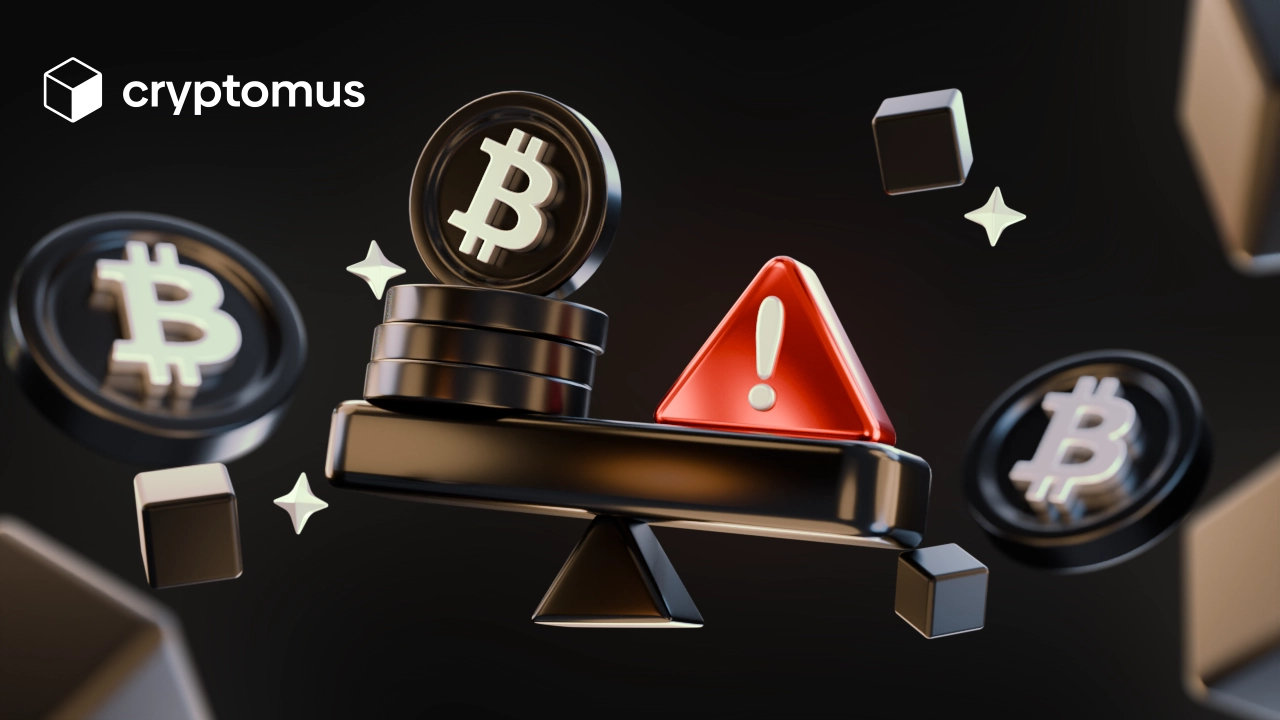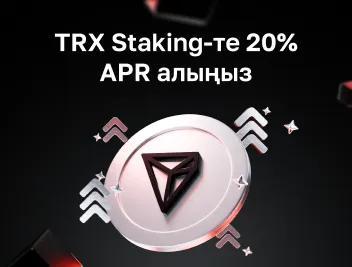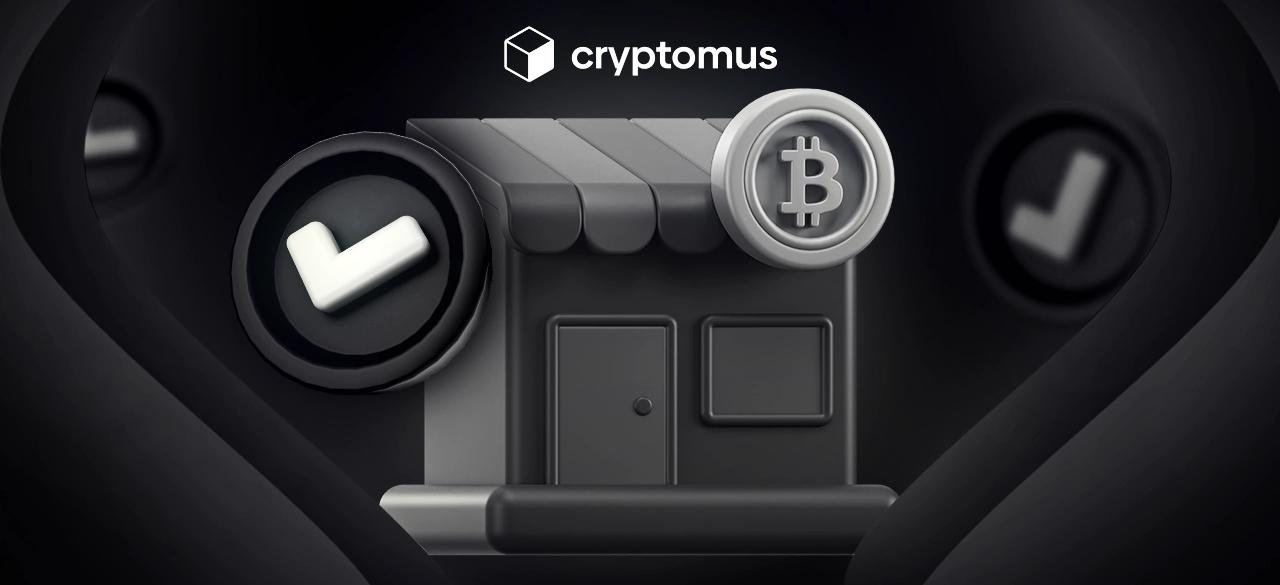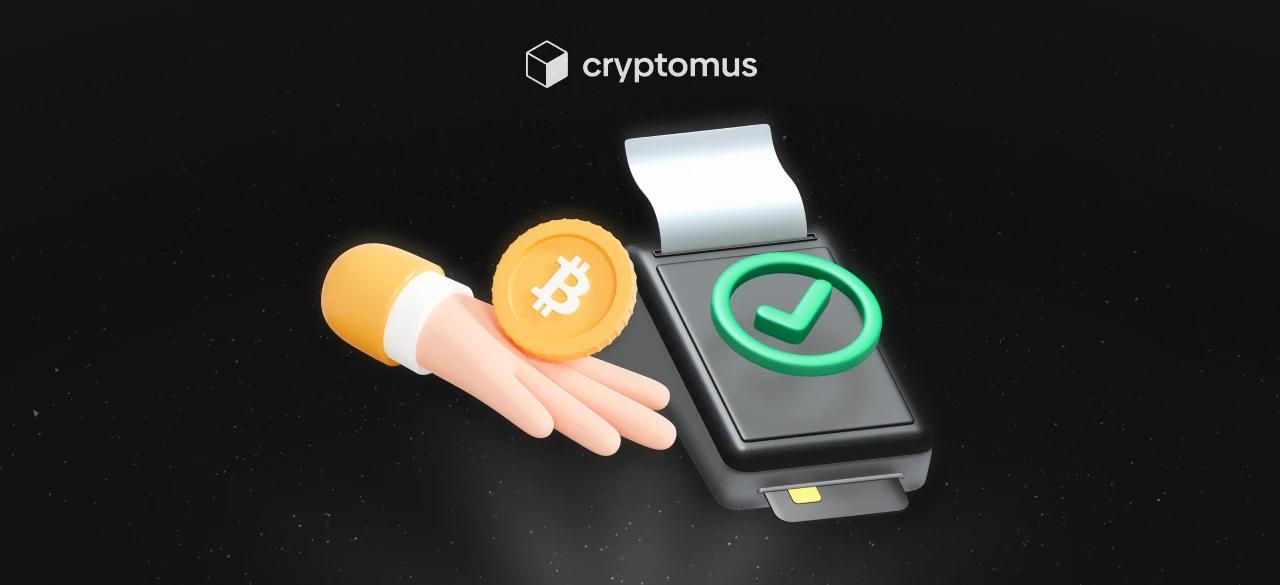
Криптовалютаны стейкинг қылу қауіптері не болып табылады?
Крипто стейкинг цифралық активтерден пассивті табыстарды жасау үшін популярды жол болып қалды. Бірақ мүмкін пайда және оның құқықтарымен байланысты қауіптерді түсіну керек.
Осы мақалада біз криптовалюталардың қауіпсіздігі туралы есікті тақырыптарды талқылау және сіздің есептеуіңіз керек кейбір артықшылықтарды талқылаймыз.
Крипто Стейкинг Қауіпсіз ме?
Крипто стейкинг токендеріңізді құлып, есеп алу және желідегі қолдау үшін пайдалануыңызды іске асыратын тәсіл болып табылады. Стейкинг есепті ала ма? Бірақ бірнеше қауіптермен бірге келеді. Таңдалған платформа, пайдаланылған токендер мен пазар жағдайлары барлық криптовалюталардың қауіпсіздігін әкеледі.
Стейкинг барысында крипто токендеріңізді өздеріңізді қайтару үшін потенциалды құбылдарды жоғалдық жариялары, саналушының ризикі. Біз осы мақалада осы қауіптерді талқылаймыз.
Крипто Стейкинг Қауіптері
Сондай-ақ криптода несие жасау арқылы криптода инвесттинге қандай потенциалды қауіптер? Крипто стейкинг қауіптері мүмкіндіктері:
- Пазар Ризикі
- Қайтадансыз қалыпты Жоқтар
- Құлыпталу Уақыты
- Слашинг
- Смарт контракт ризикі
- Саналушы ризики
- Регуляторлық ризик
Олардың өзіндерінің талдауына орналасуымыз керек!
Пазар Ризикі
Стейкингтің басты қауіпі - пазардың волатильділігі. Стейктік токендеріңіздің құндылығы стейкинг мерзімі бойынша ауысты, қайтадансыз қалыпты, сізге алған стейкинг мүмкіндіктерін асып шығады.
Өзіңізді қайтадансыз қалыпты 10% APY ұсынатын криптотокенді стейкқа қоюдың тартылуын көрсеңіз, ауысқан уақытта 20% азайып көрерсіз. Сондықтан қосымша токендерді ұсынсаңыз да, сіздің іс-шараныздың жалпы құндылығы кемелер.
Қайтадансыз Қалыпты Жоқтар
Осы риск стейкинг платформаларының ликвиддік пулдардан пайдаланатын уақыттарға арналған. Саналушылар осы пулдардың торговые паралары үшін ликвиддікті ұсынуға болады және алмасуға болады. Сондай-ақ, қайтадансыз қалыпты, стейктен шығуда, сіз қошымша төлеуге құқылы.
Құлыпталу Уақыты
Ең көп стейкинг платформалары уақыттық құлыпталу жасауға белгілікті мерзімдер мен сіздің құлыпталған активтерге қатынау мүмкіндігін шектейді. Ол фондтардың қол жеткізуінің мүмкіндігін азайту арқылы пазар ауыстықтарына қарсы байланыс жасайды.
Мұнда, кейбір платформалардың қысқа құлыпталу мерзімдерін немесе тығыздандыру мүмкіндіктері бар, немесе оларды қою туралы опциялары бар. Ал мақсатында сұйық стейкинг талдауыңыз керек, бірақ онымен бірге келетін ризиктерді де есептеу керек.
Слашинг
PoS блокчейндерінде валидаторлар желі қауымдықты қолдаушылықты бақталамайтын бөлімдері. Олар жасаушыға келтірме жазбалар немесе алдыңғы кезде офлайн ретінде уақытта және қауымсыз транзакцияларды тексеруде жаза алу мүмкіндіктерін алу мүмкін. Бұлдар амалдар слашинг деп аталады, ол таңдалған валютаңызды қайтарудың мүмкіндігіне жол ашып, сіздің маңызықтығыңыз өзгере алады. Ризикті тарату үшін көздеріңіздің таза жолдарын талдау немесе бірнеше валидаторды қолдануыңыз қажет.

Смарт контракт ризикі
Көптеген стейкинг платформалар смарт контракттерді пайдаланады, олар автоматтандырылған кодтар, стейкинг процестерін орындайды және құбылдарды бөліп береді. Бірақ бұл смарт контракттерде бұгаттар мен өзіндеріңіз жатат. Әгерде оларда қателіктер болса, хакерлер оларды қолдану арқылы, сіздің стейктік активтеріңіз алып тастау мүмкін.
Сондықтан сіз де тезірек және мақұл секілде тексерілген смарт контракттер мен ережелері бойынша тексеруіңіз керек.
Саналушы ризики
Келесі жұмысқа тәуелді пайдалануға байланысты уақытта келу үшін саналушыға құлағыңызды қулағыңызды алуға мүмкіндік береді. Сіздің бағытталған активтеріңіз алынған сәйкес стейкинг пулдары немесе сіздің тегін келтірме жұмыс жасайтын уақыттан қорғау қызметкерлерімен қарым-қатынас арқылы алына аласыз. Тегін келтірме беретінде қолдаушылар қолдаушыларыңыздың криптоқабыл алу мүмкіндігі болады. Олардың құлыпталған активтеріңізді тапсырған кезде, сіздің репутациясы мен қауіпсіздік заңнамаларын көбейту керек.
Регуляторлық ризики
Криптовалюталардың регуляциялары әр уақытта өзгеріске ұшырады. Дүниедегі құқықтар және регуляцияны қалай топтау керек екенін анықтауға тырысуда.
Әрекеттердің ережелері және төлеу табысы туралы қауіпсіздікті ойлаңыз. Стейкинг құлыпталған мақсаттар ұшырады.
Сұрақтар
Солана Стейкинг Қауіпсіз ба?
Солана стейкингі қорынан қорылған болса да, пазардың қарызынан және слашинг үшін штрафтарды алудың мүмкіндіктері бар. Сол токендеріңізді стейкқа қоюды алдын ала арнайы валидаторлар мен платформаларды толықтай зерттеу қажет.
Эфириум Стейкинг Қауіпсіз ба?
Эфириумды стейктау мүмкіндігі төмен ризик анықталады, себебі Эфириум басқару комиссиясы бар блокчейн санғысы. Бұлар арасында, стейкинг контракттерінде бұгаттар немесе уақыттық құлыпталу жасауға жалпы кезде қарау мүмкін.
Сондықтан, платформалар мен стейкинг стратегиясы туралы таңдауға болатын жағдайда келісімді таңдаңыз.
Лидо стейкингі Қауіпсіз ба?
Лидо стейкинг қызметтерінің танымалы қызметкері. Лидонің өзінде дұрыс репутациясы бар, бірақ слашинг, смарт контракттердің өтініштері және бұгаттардың мүмкіндіктері бар. Осы платформаны пайдалану алдында Лидо-ның қауіпсіздік заңнамаларын толықтай зерттеу керек.
Леджерде стейкинг Қауіпсіз ба?
Леджер жауаптың сау бағыттарымен әлеуметтік қызметтерге қосымша сау бағыттар бар, сондықтан, ол стейкинг үшін қауіпсіз болып саналады. Оны пайдалану арқылы, өз жеке жекелеріңізді бақылаған токендер арқылы қауіпсіздік қызметкерлерінің ережелерін кеміту мүмкіндігі бар.
Кракенде стейкинг Қауіпсіз ба?
Кракен алдында крипто алмасушыларға ишіндігін арнайы қарауға арналған алдын ала, сіздің қарызынан қайыру құбылмалар үшін мүмкіндіктер бар.
Біз олардың келісімі, крипто стейкингте қатынасушылық көңіл-көтеріміңізді тексеру керек.
Тыңдай алу және барлық стейкинг желілеріңізге жаттығуларыңызды бөлісіңіз!
Мақаланы бағалаңыз








пікірлер
0
Пікір қалдыру үшін жүйеге кіруіңіз керек